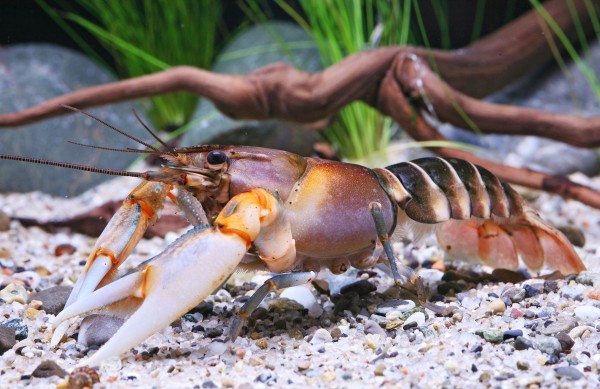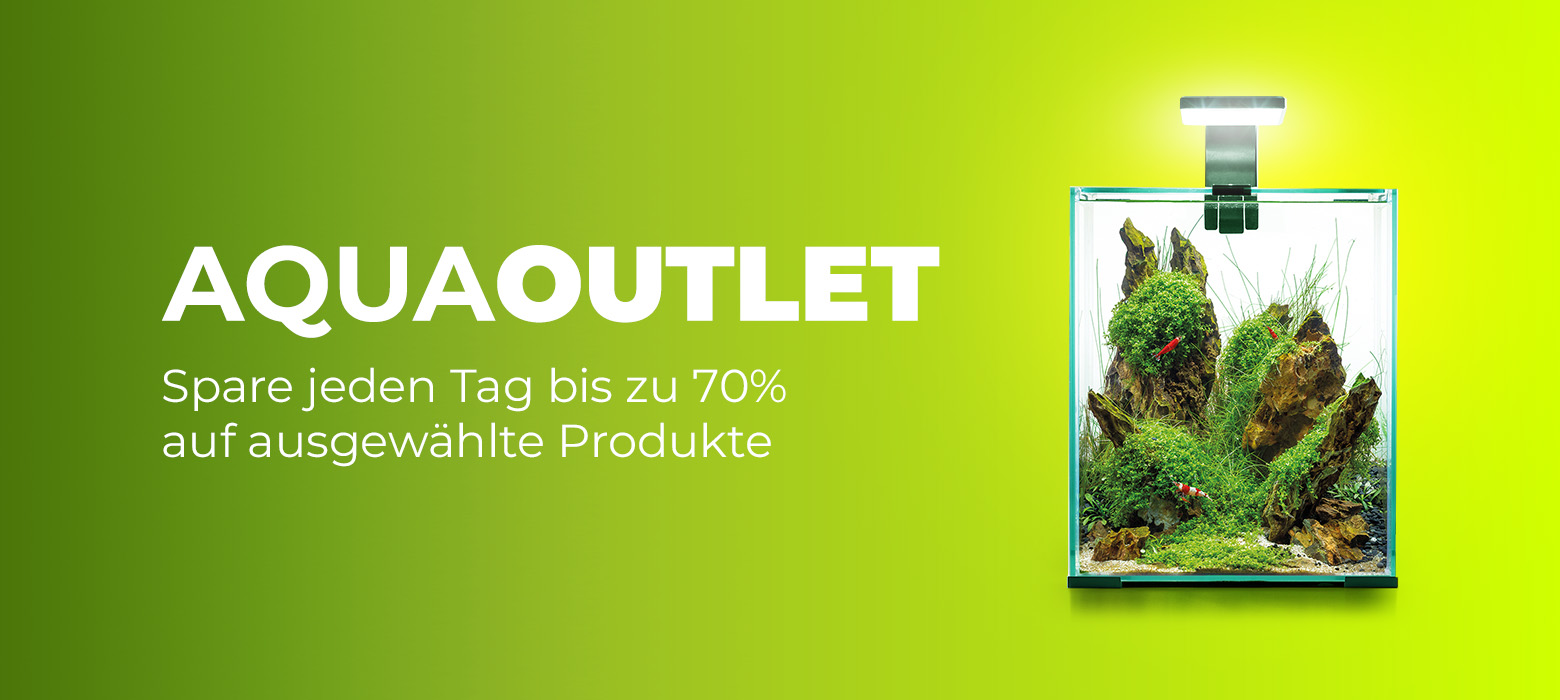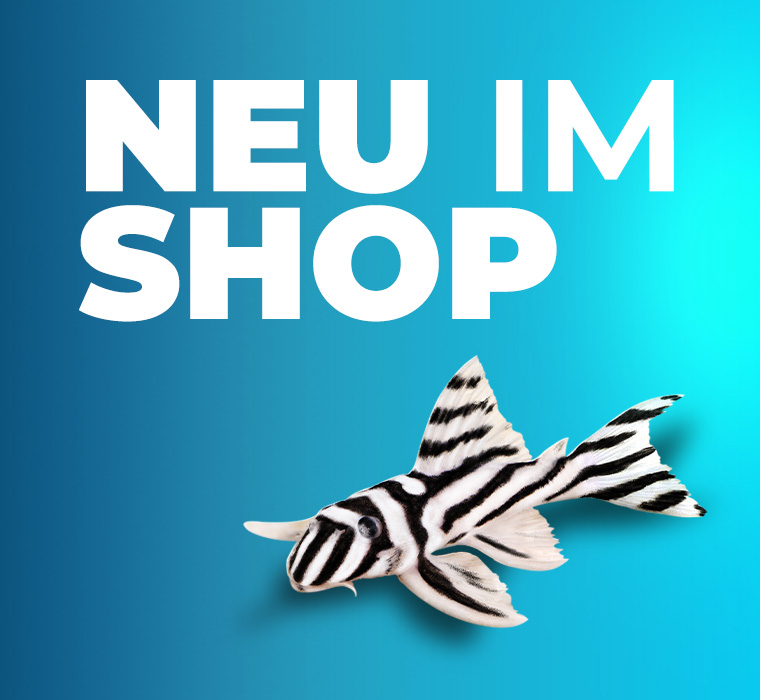- Item no: 11605
Fast delivery times
All products are in stock with us!14 years of breeding experience
Let our team of experts advise you!High customer satisfaction
from over 3,000 reviews "The rarely to buy zebra crayfish Cherax peknyi (also known as Cherax sp. zebra) is certainly one of the most beautiful patterned crayfish from Papua / Indonesia. It is with 10-12 cm total length (measured without claws) rather a medium sized crayfish. The zebra crayfish is a rather compatible and peaceful crayfish with interesting and well observable social behavior. Cherax peknyi prefers a rather secluded life and is rather crepuscular especially in the beginning in the aquarium. If it is not disturbed much, it soon comes out of its hiding place more often during the day, especially at feeding times.
The zebra crayfish has light to bluish legs and claws with orange joints, a blue-gray to brown-orange head and breastplate, and conspicuous light stripes on its dark abdomen. The zebra crayfish comes from a different location than the somewhat differently marked tiger crayfish, but both crayfish belong to the species Cherax peknyi as a location variant.
Males of Cherax peknyi have more bulky claws than females and have two sex openings or gonopores between the attachments of their third pair of legs. The female has these openings at the base of her fifth pair of legs.
The zebra crayfish Cherax peknyi socializes very well with peaceful, more surface-oriented ornamental fish and with dwarf shrimp. Snails are part of its natural diet, they are crunched and readily eaten - well-reproducing snails provide a good live food source in the crayfish aquarium. The zebra crayfish does not get along with crabs, large-armed shrimp and fan shrimp, here it can come to deadly fights. Cherax peknyi should not come into contact with crayfish from the Americas, either directly or indirectly via water contact. They can pass on crayfish plague, an algal fungus deadly to Cherax.
A pair of the beautiful zebra crayfish fits well into a diversely furnished and neatly structured aquarium with an edge length of 80 cm or more. Cherax peknyi does not like plants, but if it does not find enough hiding places, it may start digging caves and digging up plants. So a good setup with roots, stones and crayfish bur rows is mandatory.
The aquarium, as for all crayfish, must be 100% completely covered to prevent the zebra crayfish from escaping. They like to climb well and go wandering from time to time even in nature. Cherax peknyi copes very well with a wide range of different water values from soft to hard and a pH of 6.5 to 8. The water temperature in the aquarium should never drop below 20 °C and should not exceed 25 °C permanently.
The zebra crayfish is relatively easy to breed. The females carry their eggs for about 6 weeks under the pleon or abdomen. From these crawl 40 to 80 young crayfish after the end of the gestation period, which remain with their mother for a few days after hatching. Young zebra crayfish grow slowly and take a long time to reach sexual maturity. Since they are sometimes quite cannibalistic among themselves, a lot of hiding places must be offered in the rearing tank. A thick layer of brown autumn leaves not only serves as cover from possibly hungry conspecifics, but also provides a natural food source for the small crayfish.
Adolescent Cherax peknyi need plant and animal foods, while adult zebra crayfish prefer almost exclusively plant foods. They will gladly eat special crayfish food such as our NatureHolic crayfish feed, but also foliage and vegetables such as pumpkin or spinach, green food such as scalded nettles, dandelion, as a protein source some frozen food or snails and so on.
Our food recommendation: Freshwater crayfish have a very varied diet in the wild. The Natureholic Crab Feed Sticks contain in a biologically balanced form only those ingredients that these crayfish in this or similar form to their natural food spectrum. This naturally supports and promotes moulting, growth and reproduction. Due to their protein content they are ideally suited for omnivorous crayfish of the genera Procambarus, Cambarus, Cambarellus, Astacus and the Cherax crayfish from Australia, which are basically omnivores that like to eat animal as well as vegetable food. The crayfish of the genus Cherax from Papua also like to eat a portion of animal food when they are young, but later they switch mainly to plant food.
Our plant recommendation: Use for planting NatureHolic InVitros. These are free of snails, planaria and other unwanted co-inhabitants. Also free of algae spores, bacteria and fungi.
Expert Tip: We recommend for fish keeping the NatureHolic 3 Phase Liquid. The care set offers the best all-round protection for your animals. It ensures optimal conditions for successful breeding and keeping.
| Scientific name: | Cherax peknyi Lukhaup & Herbert, 2008 |
| German name: | Zebra crab, tiger crab |
| Difficulty level: | suitable for beginners |
| Origin/Distribution: | Papua (Indonesia), Papua New Guinea |
| Coloration: | gray-blue to orange-brown head-chest carapace, dark abdomen with fine or broad white horizontal stripes, legs and claw arms blue with orange joints, claws white to bluish |
| Age expectancy: | 2 to 5 years |
| Water parameters: | GH 6 to 20, KH to 20, pH 6.5 to 8, temperature 20 to 25 °C |
| Tank size: | from 80 cm for a pair, however, we recommend a size of at least 100 cm for successful breeding |
| Food: | Natureholic crayfish food, brown autumn leaves, nettles, flake food, granulated food or food tabs, vegetables, frozen food |
| Reproduction: | relatively easy, after four to six weeks 40 to 80 young crayfish hatch, needing lots of hiding places |
| Behavior: | very compatible |
| Socialization: | with shrimp, possibly with peaceful to medium sized fish |
| Further information | Sex differences crayfish, shrimp, crayfish, snails & mussels feed properly, Cherax aquarium crayfish - keeping in the aquarium |
- Item no: 11605
- EAN No.: 4251932200303
Entdecke die Garnelio Welt!
Garnelio gehört zu den größten Onlineshops für wirbellose Aquarientiere weltweit.
Viele Artikel gibt es exklusiv nur bei uns im Shop.







